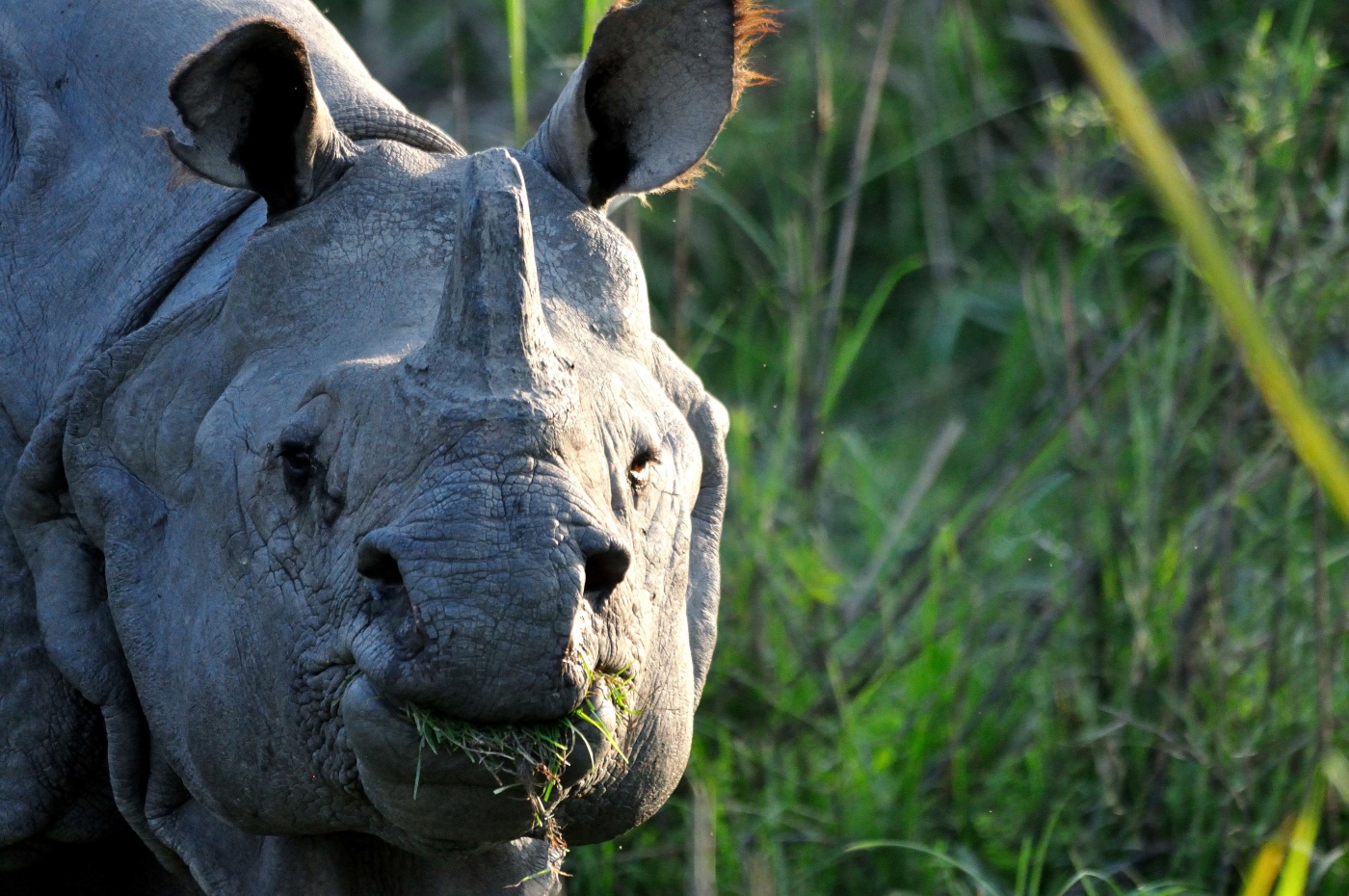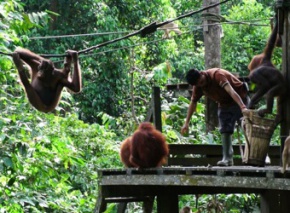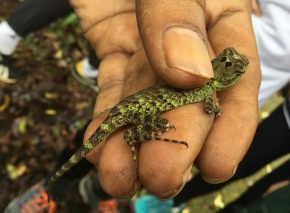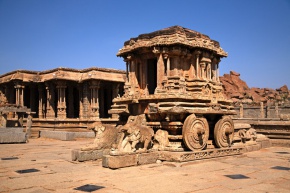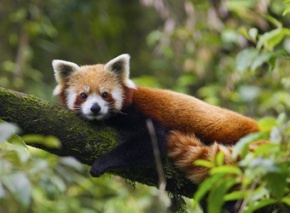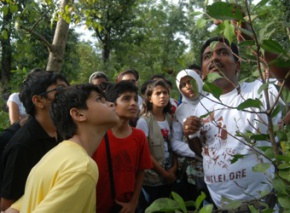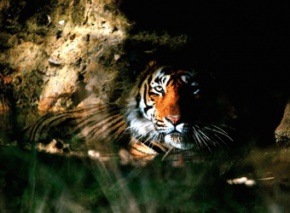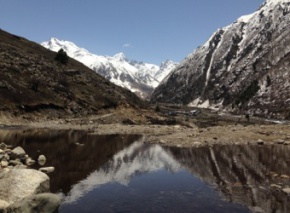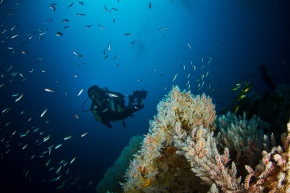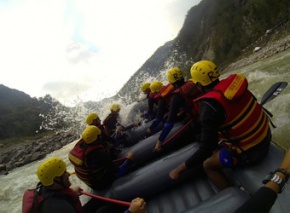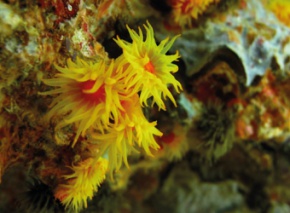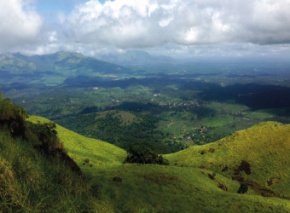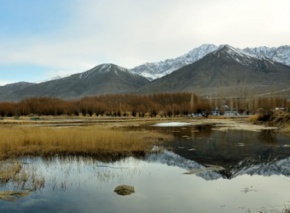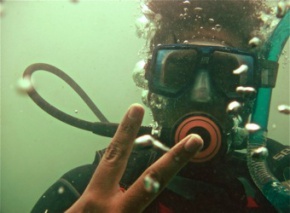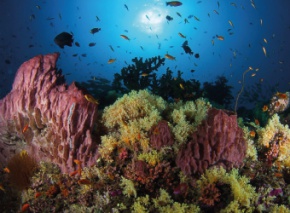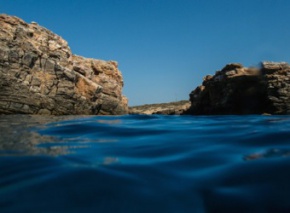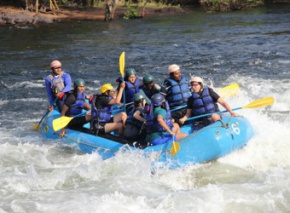
A trip to Kaziranga should at least be between 5 nights and 6 days so that it allows students to explore these activities curated for this module comfortably, with clear learning outcomes.
Given below are a few activities that can be conducted at this destination, along with the appropriate age group. Our forte is customisation, so feel free to select ONE, ALL or ANY combination of the below activities to design a trip unique to your curriculum and experiential learning needs.
The Pygmy Hog is the smallest, rarest and most highly specialized member of the pig family. It was formerly known to occur across a narrow strip of early successional tall grassland plains along the southern Himalayan foothills in the Indian subcontinent. The species was ‘rediscovered’ in 1971 after it was long suspected to have become extinct. Students will visit the conservation centre in Guwahati, to understand the conservation challenges impacting this species and see first-hand the species recovery programme conducted by local NGO Ecosystems-India.
The safari in Kaziranga will include jeep and elephant safari. An interactive slideshow conducted by an experienced wildlife research officer, will first orient students to the endemic flora and fauna of the park, post which they will have an opportunity to see these species in their natural habitat.
Assam is famous for its woven textiles, bamboo craft, unique local musical instruments and organic farming. Students will have an opportunity to try their hand at these craft skills and interact with local artisans.
The Centre for Wildlife Rehabilitation and Conservation (CWRC) is the first rescue and rehabilitation centre near a protected area in India. Strategically located in Borjuri village adjacent to the Panbari Reserve Forest, near Kaziranga National Park in Assam, the centre attends to a wide range of wildlife emergencies resulting from natural or anthropogenic causes.
A visit to the center under the guidance of eminent experts in the field helps students understand the process of rescue and rehabilatation and how a multi species rehab center operates.
This activity focuses on guiding students to understand a holistic view of wildlife conservation by exploring its varied aspects with an objective of meeting ESS, Geography and Biology field trip requirements. It will involve learning field research techniques and population estimation methods, such as line transects and area quadrats which will be part of the IA objectives in which students will engage in a comparative study of two different areas. It will cover the following aspects:
- Dynamics of species specific behaviour
- Basics of big game tracking
- Different stake-holders, their roles and responsibilities in wildlife conservation.
- Understanding forests and animals
- Protection & management of forests
- Studying & interacting with the dependents living in and around the forest
- Invasive species like Juli Flora and their effects on the eco system
- Human effects on the habitat
- Forest department management
- Conservation work
- Tourism its benefits, impact and management
It will also explore Human Geography related concerns, such as:
- Growth of tourism related infrastructure in relation to the main attraction of national park
- Effects of tourism – positive and negative from cultural, societal and nature preservation point of views
- Direct employment - forest guards, nature guides, hotel staff etc
- Indirect employment – for e.g. Vegetable storeowners that sell inventory to the hotels
- Generation of employment beyond the sanctuary and India
- Promotion of entrepreneurship
- Sustainable economics of wildlife reserves
- Its effect on facets of global employment
- Infrastructural development due to tourism
- Its impact in resolution of conflict between man and animal
- Benefits of local involvement in tourism to conservation efforts
- Role of tourism in monitoring and nature conservation
- Education and sensitivity towards nature
- Effects on the lives of local populace due to tourism
- Fund generated for philanthropic work
- Management of tourism in the park
CONSERVATION CONCERN
It is a vulnerable area, as the park is low lying and subject to heavy flooding and soil erosion. Rapid urban development and tourism boom on the park borders have led to a rise in man-animal conflict. However the park authorities have remained focused on protecting the park's ecological integrity and have seen some successes in population growth for keystone species such as the Rhinos, Tigers.
However, controlling development and implementing sustainable tourism practices will be key in protecting Kaziranga's natural resources.

Related Destinations

Region: Borneo
Active Modules: Terrestrial Ecosystem Exploration, Project Based Trips

Region: India
Active Modules: Terrestrial Ecosystem Exploration

Region: India
Active Modules: Terrestrial Ecosystem Exploration, Service and Sustainability

Region: India
Active Modules: Terrestrial Ecosystem Exploration, Project Based Trips, Service and Sustainability

Region: India
Active Modules: Terrestrial Ecosystem Exploration, Project Based Trips, Service and Sustainability

Region: India
Active Modules: Terrestrial Ecosystem Exploration, Project Based Trips, Life Skills Expeditions

Region: India
Active Modules: Terrestrial Ecosystem Exploration, Project Based Trips, Service and Sustainability

Region: India
Active Modules: Life Skills Expeditions, Project Based Trips, Service and Sustainability

Region: India
Active Modules: Marine Ecosystem Exploration, Life Skills Expeditions

Region: India
Active Modules: Life Skills Expeditions, Project Based Trips

Region: Sri Lanka
Active Modules: Marine Ecosystem Exploration, Project Based Trips

Region: India
Active Modules: Life Skills Expeditions, Project Based Trips, Service and Sustainability

Region: Thailand
Active Modules: Marine Ecosystem Exploration, Service and Sustainability, Project Based Trips

Region: India
Active Modules: Project Based Trips, Life Skills Expeditions, Service and Sustainability, Terrestrial Ecosystem Exploration

Region: India
Active Modules: Life Skills Expeditions, Project Based Trips, Service and Sustainability, Terrestrial Ecosystem Exploration

Region: Vietnam
Active Modules: Life Skills Expeditions, Service and Sustainability

Region: India
Active Modules: Marine Ecosystem Exploration, Project Based Trips, Service and Sustainability

Region: Greece
Active Modules: Marine Ecosystem Exploration, Life Skills Expeditions, Service and Sustainability, Project Based Trips

Region: India
Active Modules: Life Skills Expeditions, Project Based Trips, Service and Sustainability
